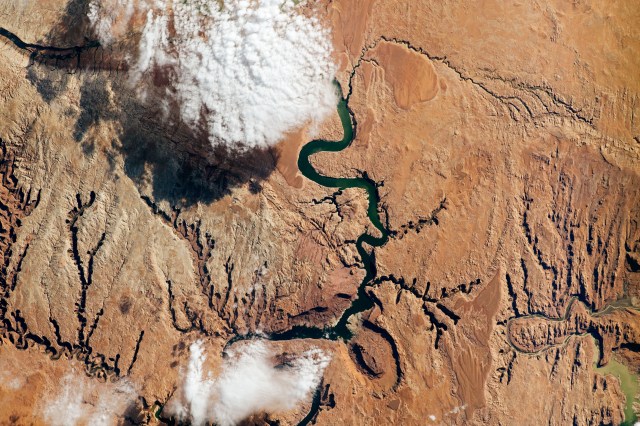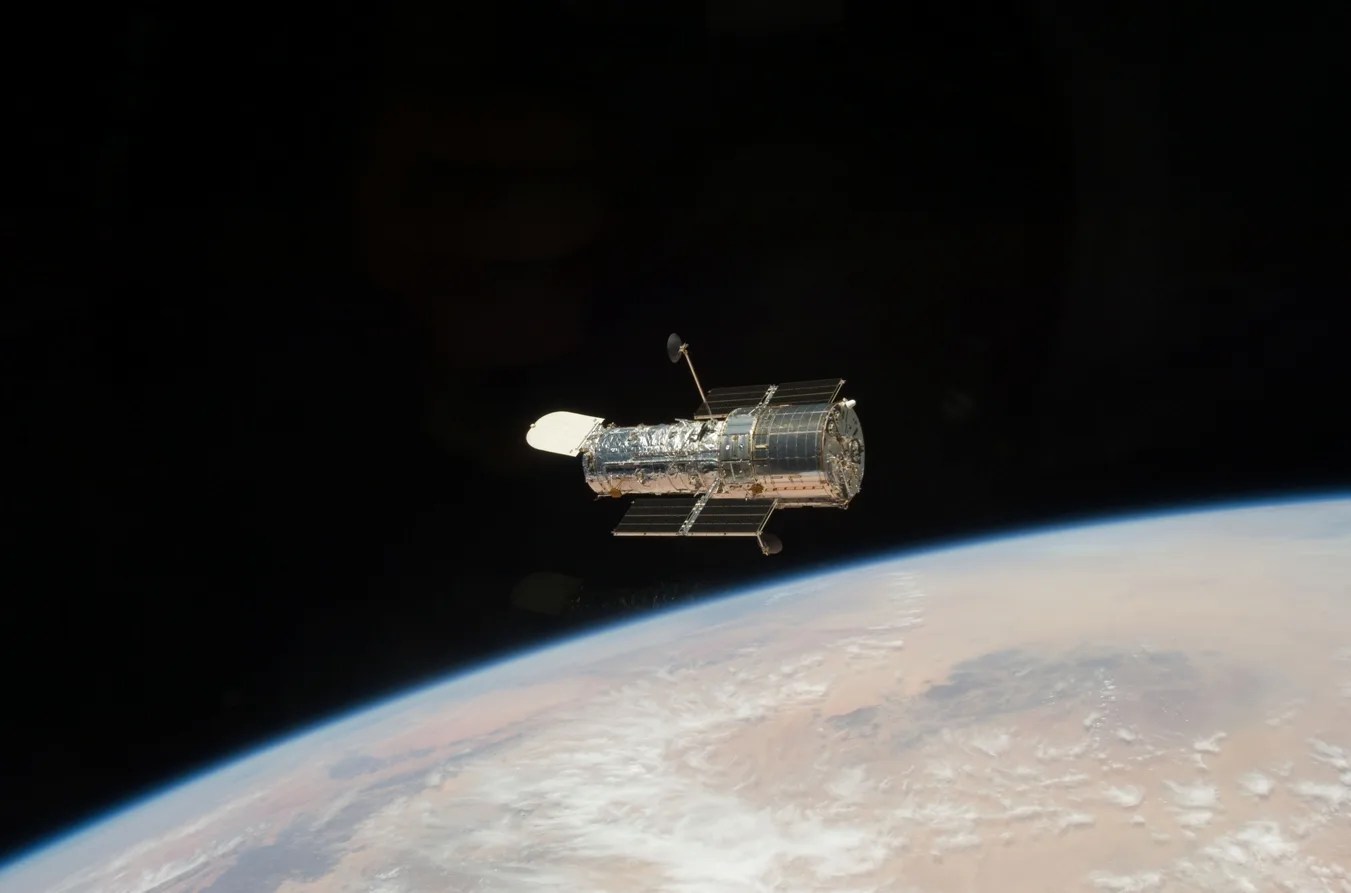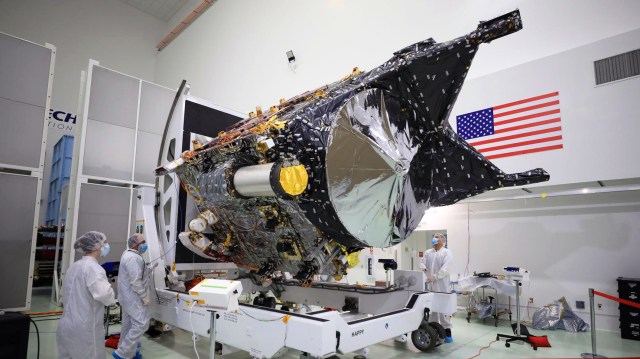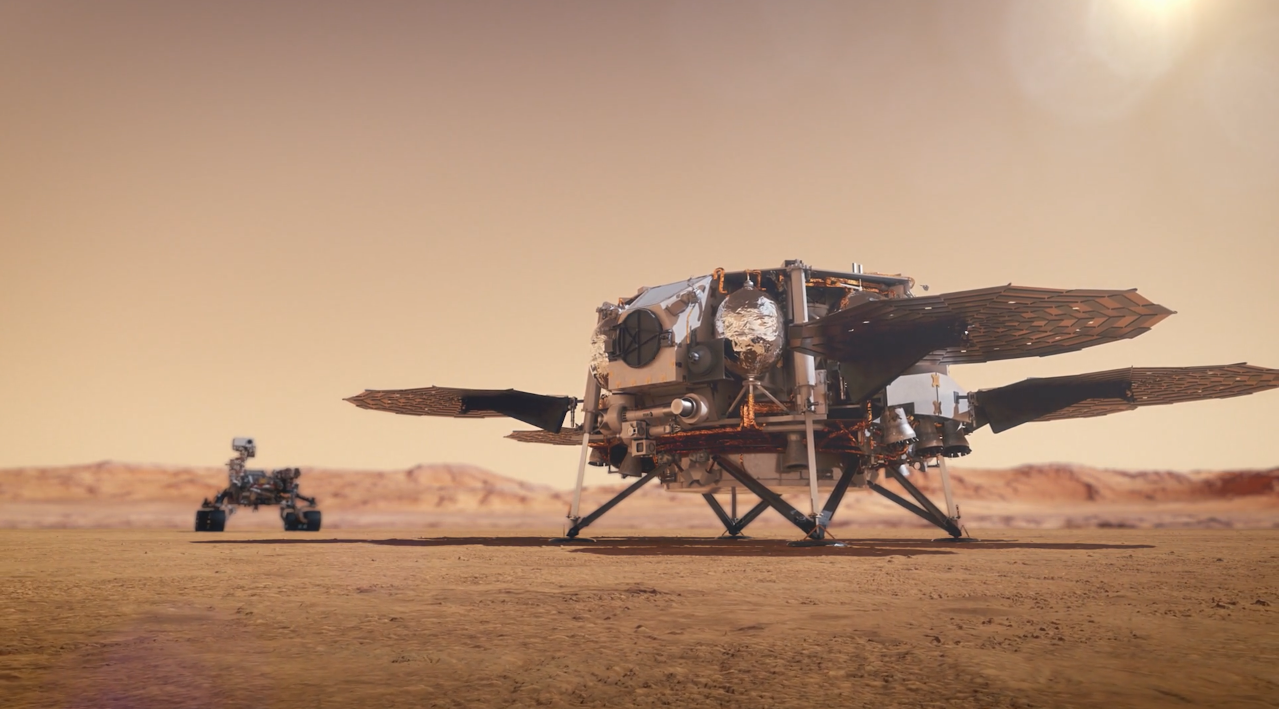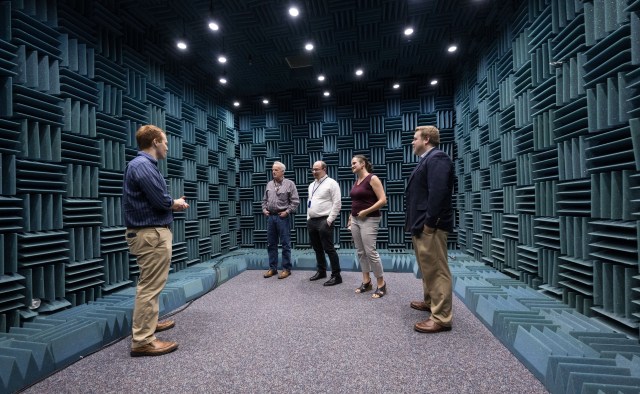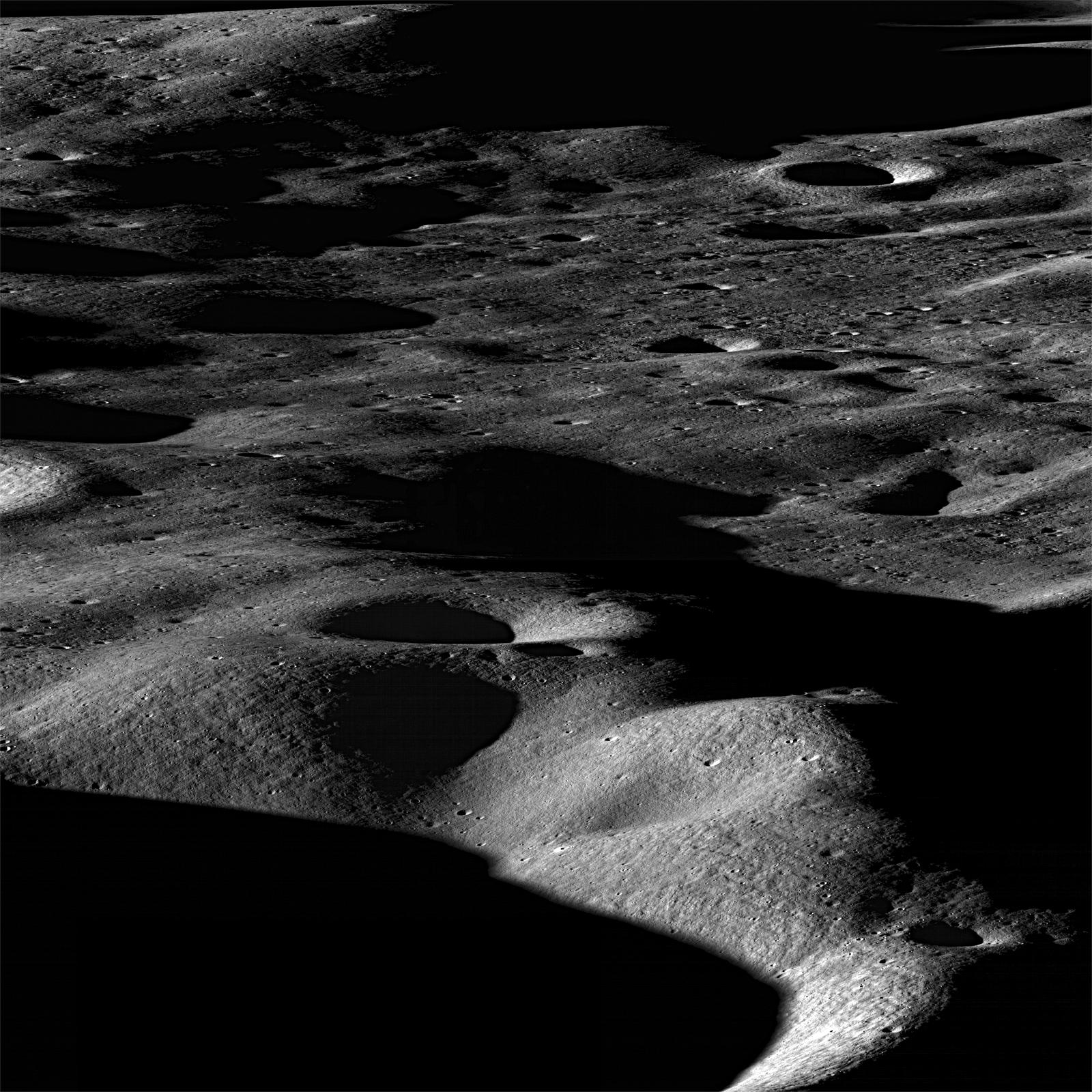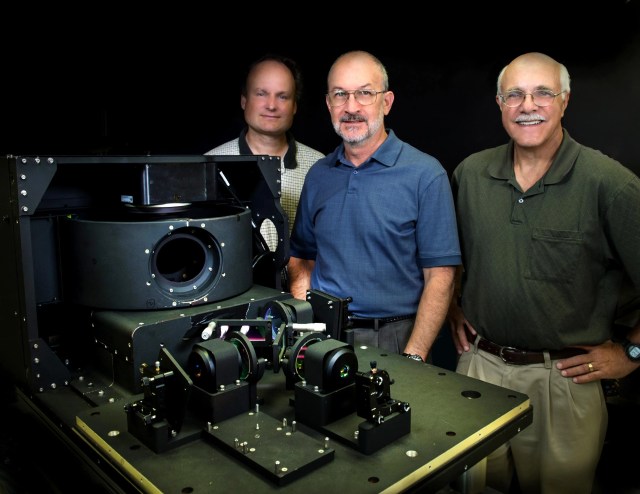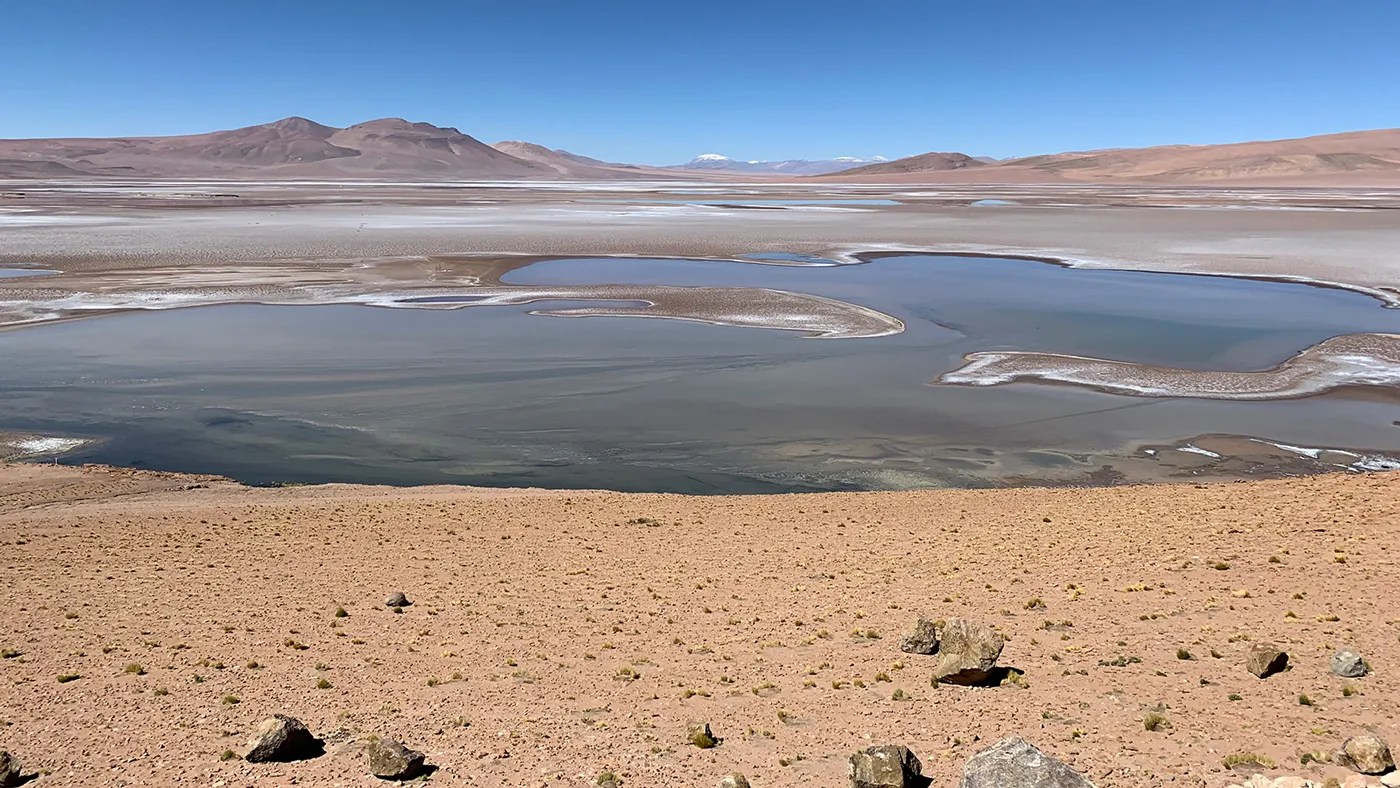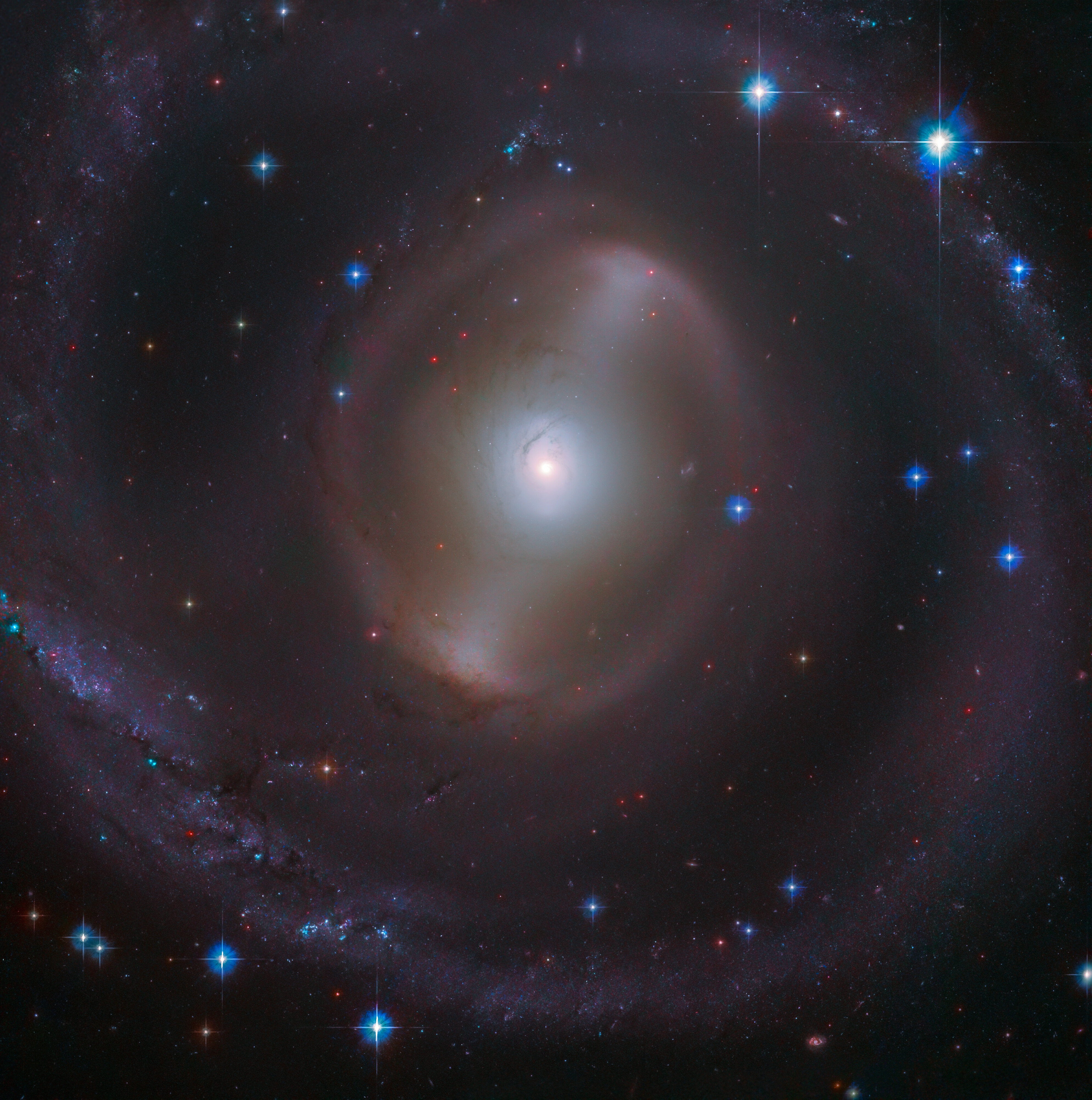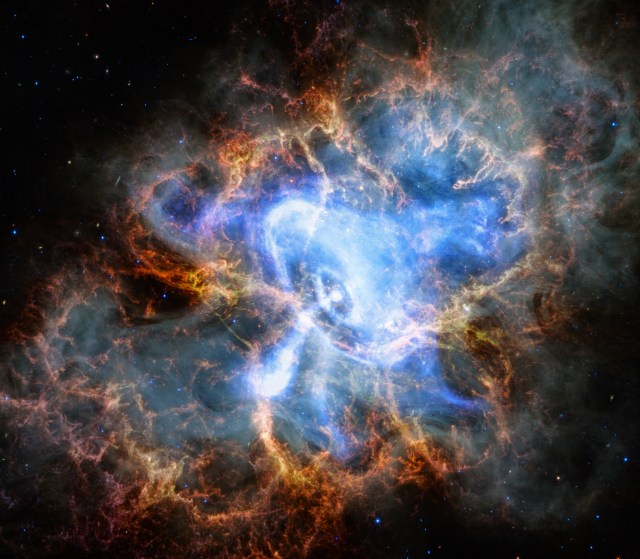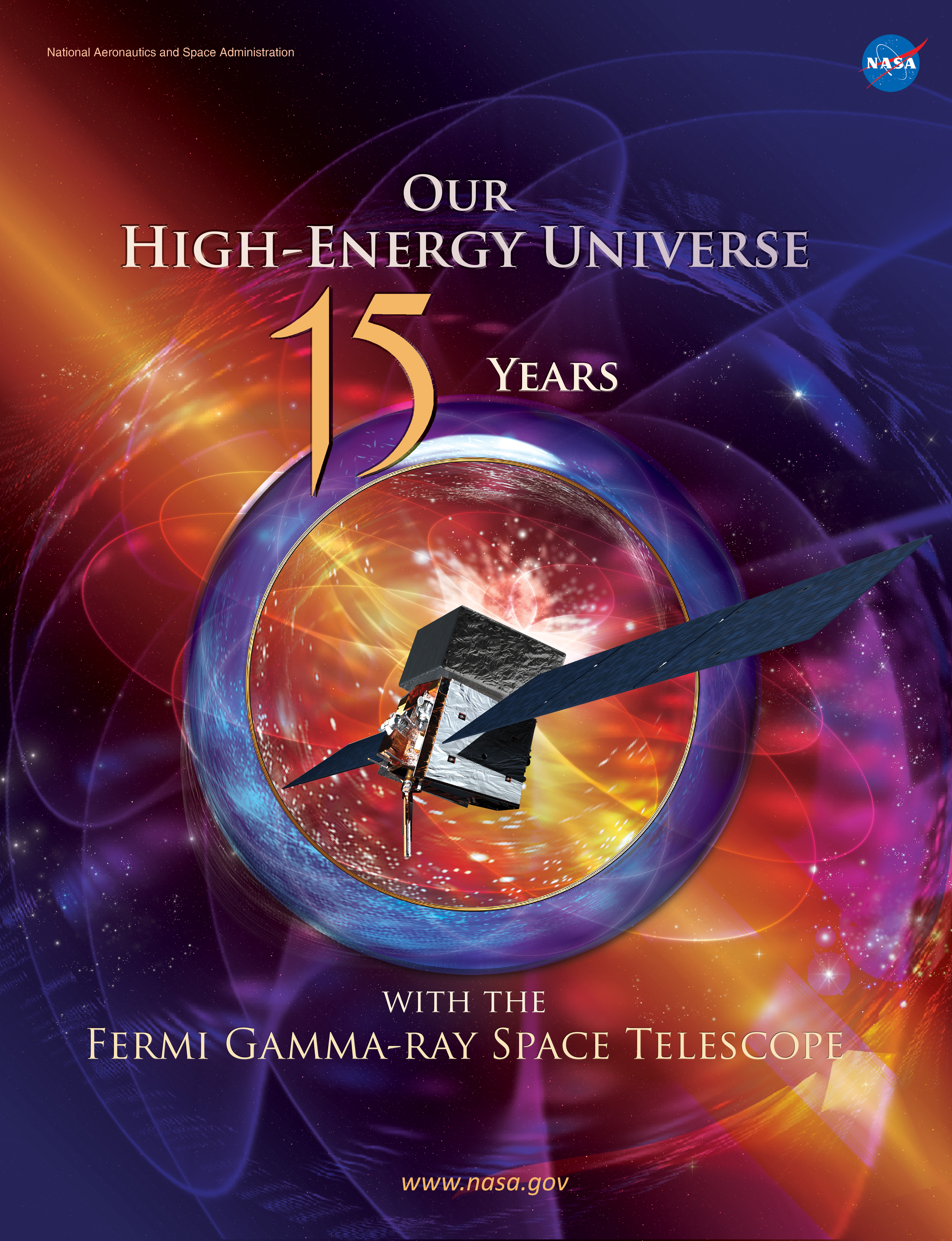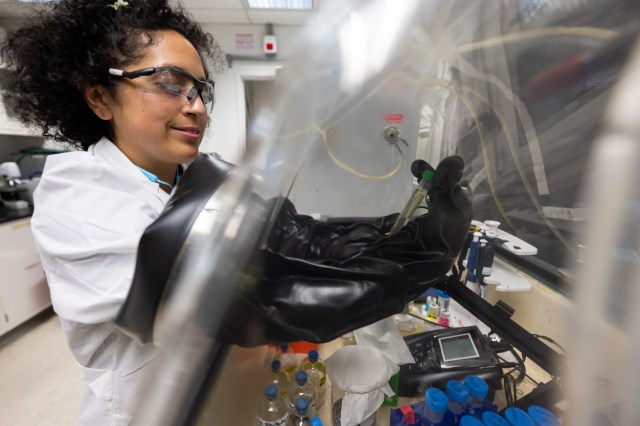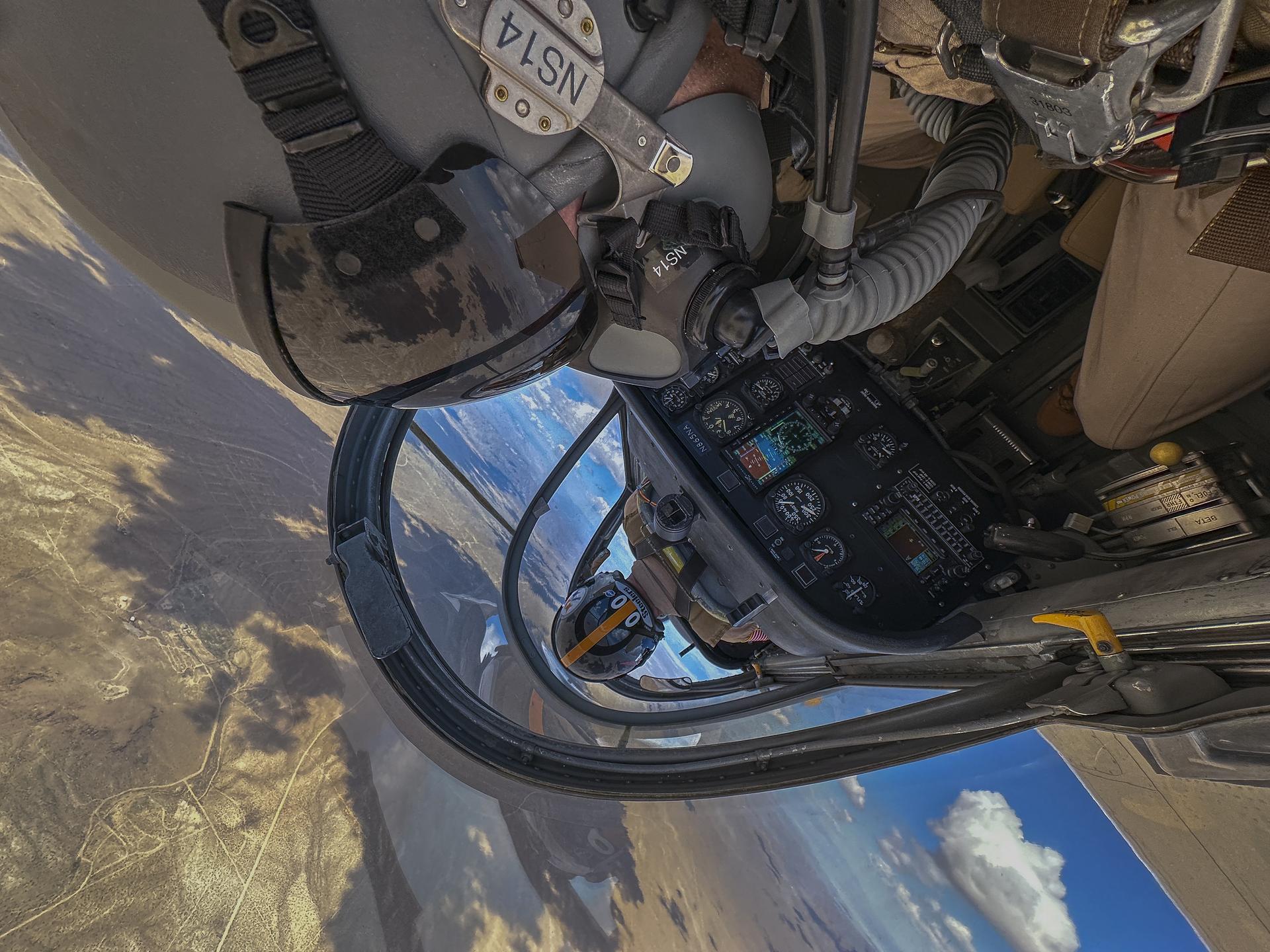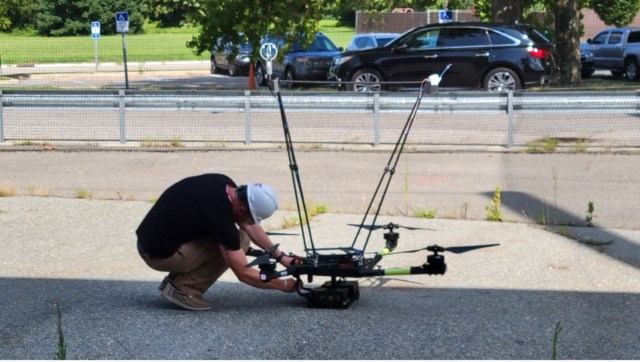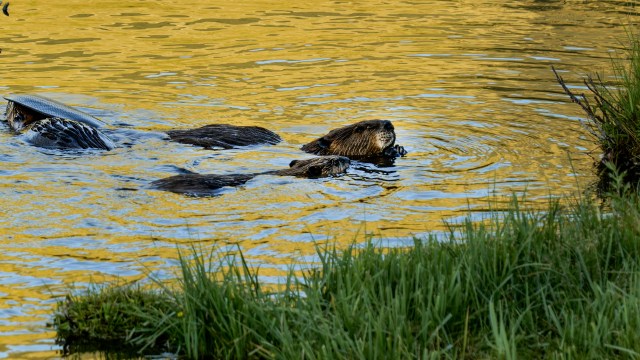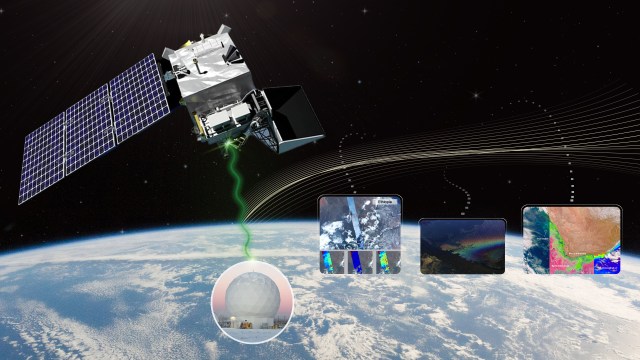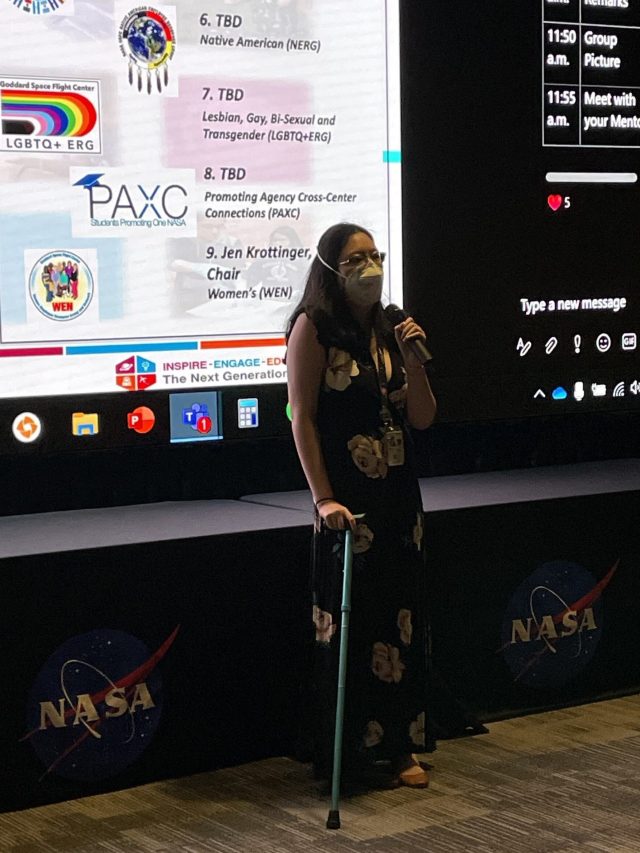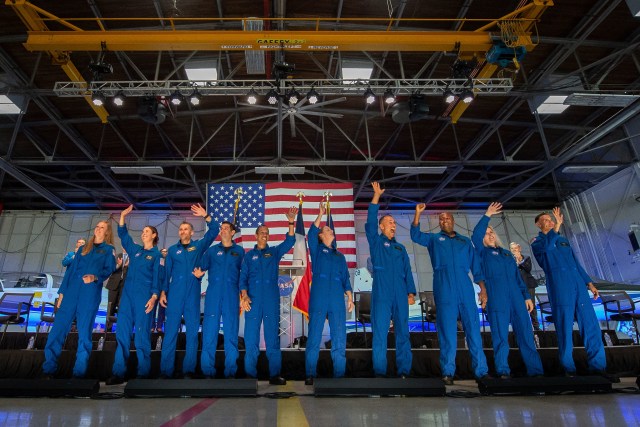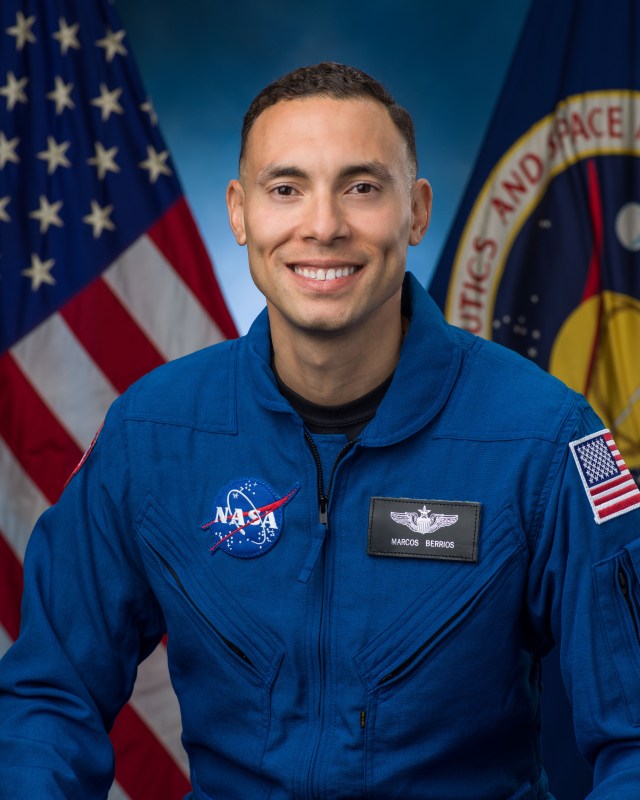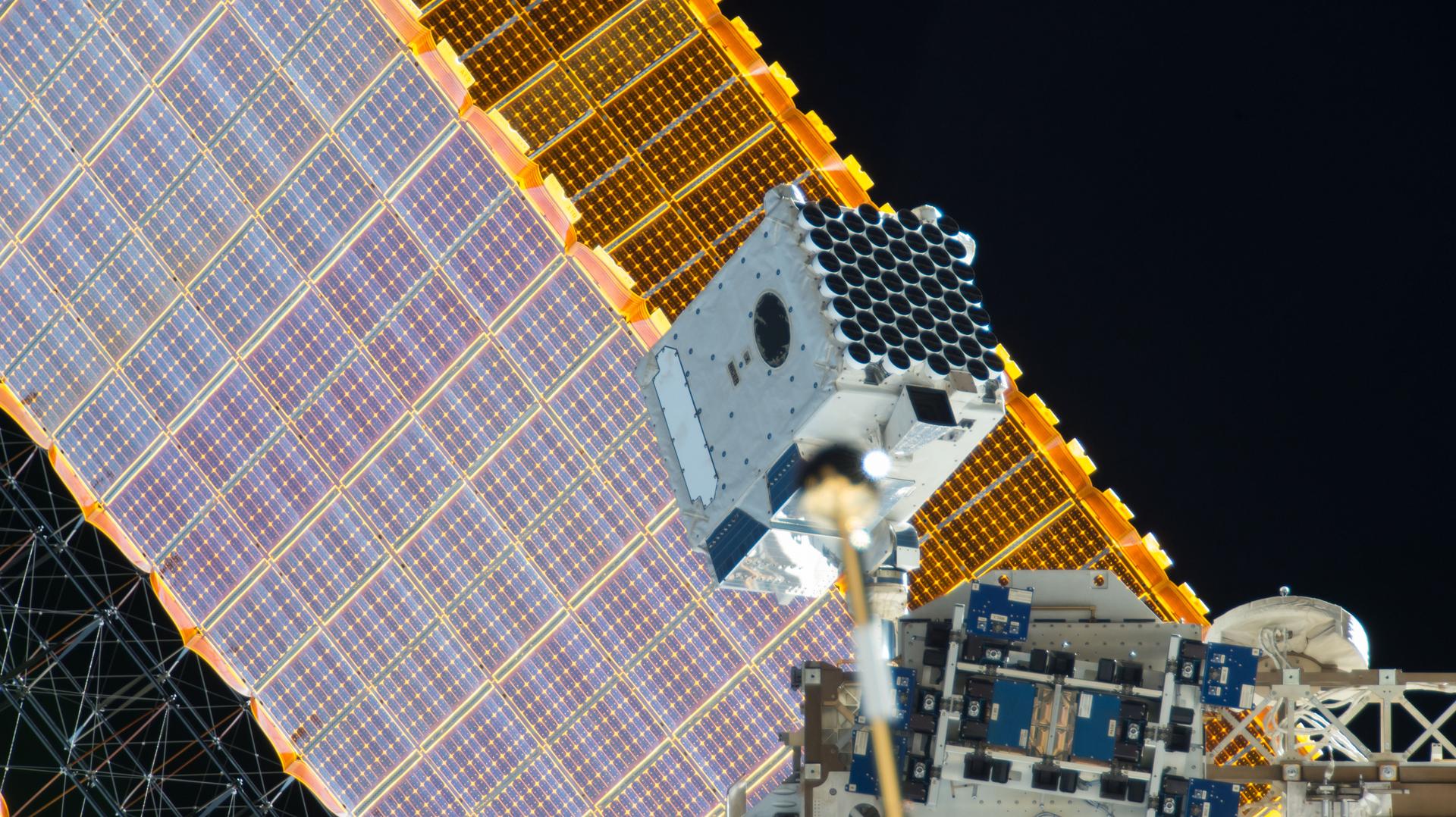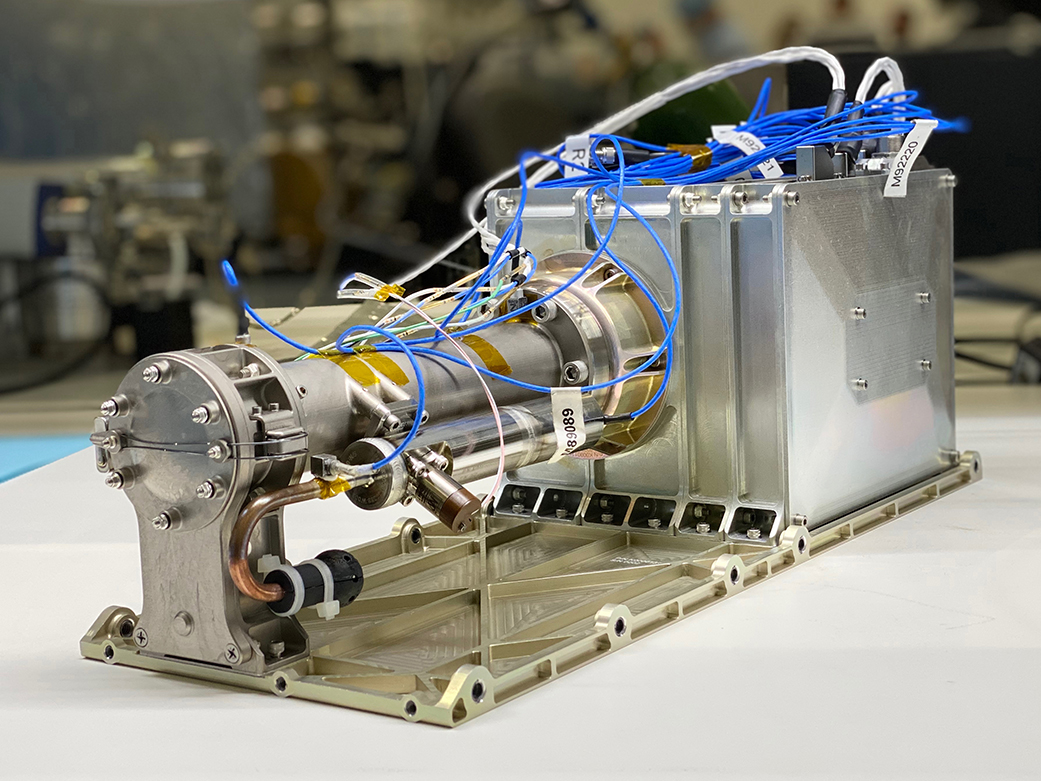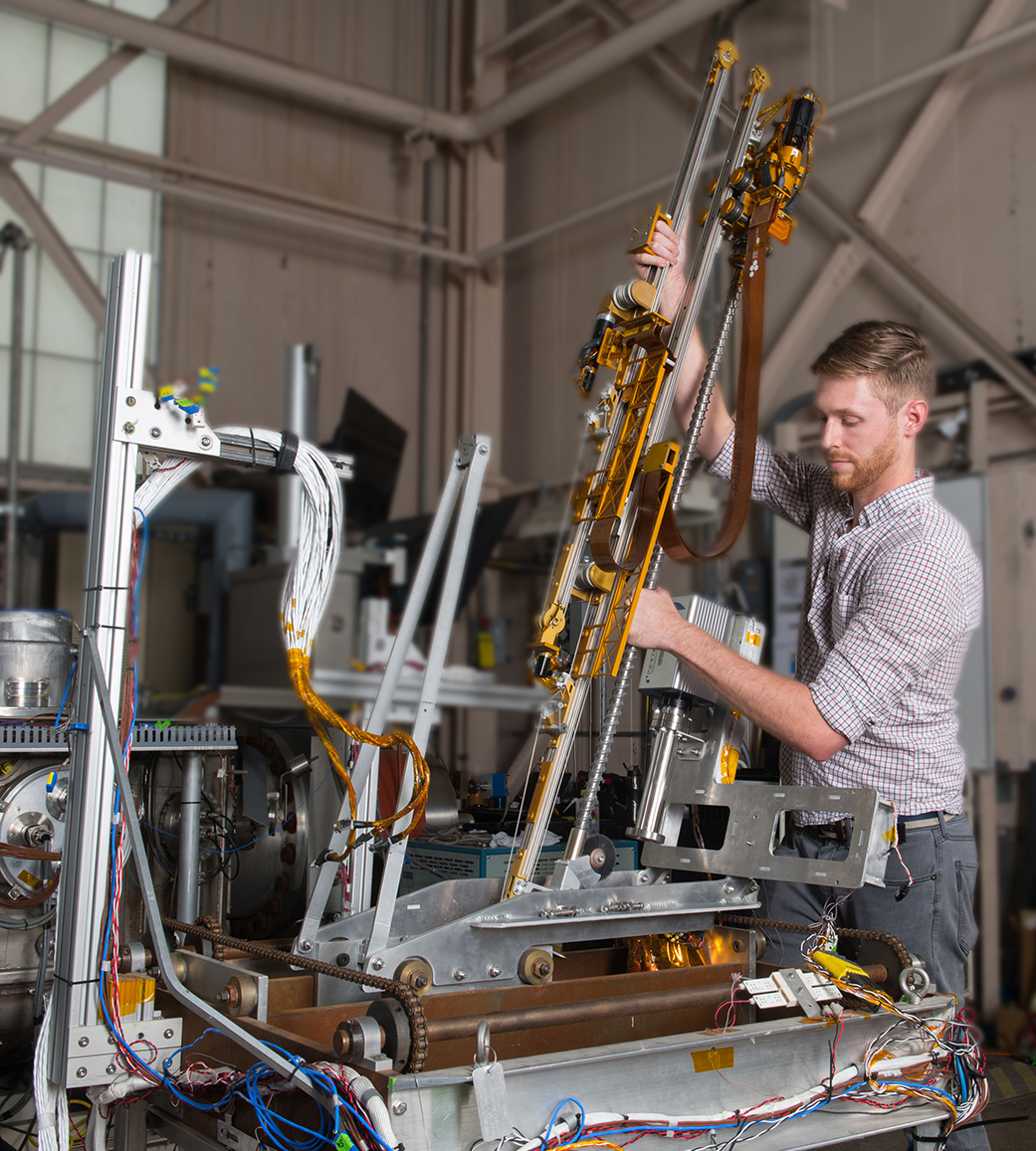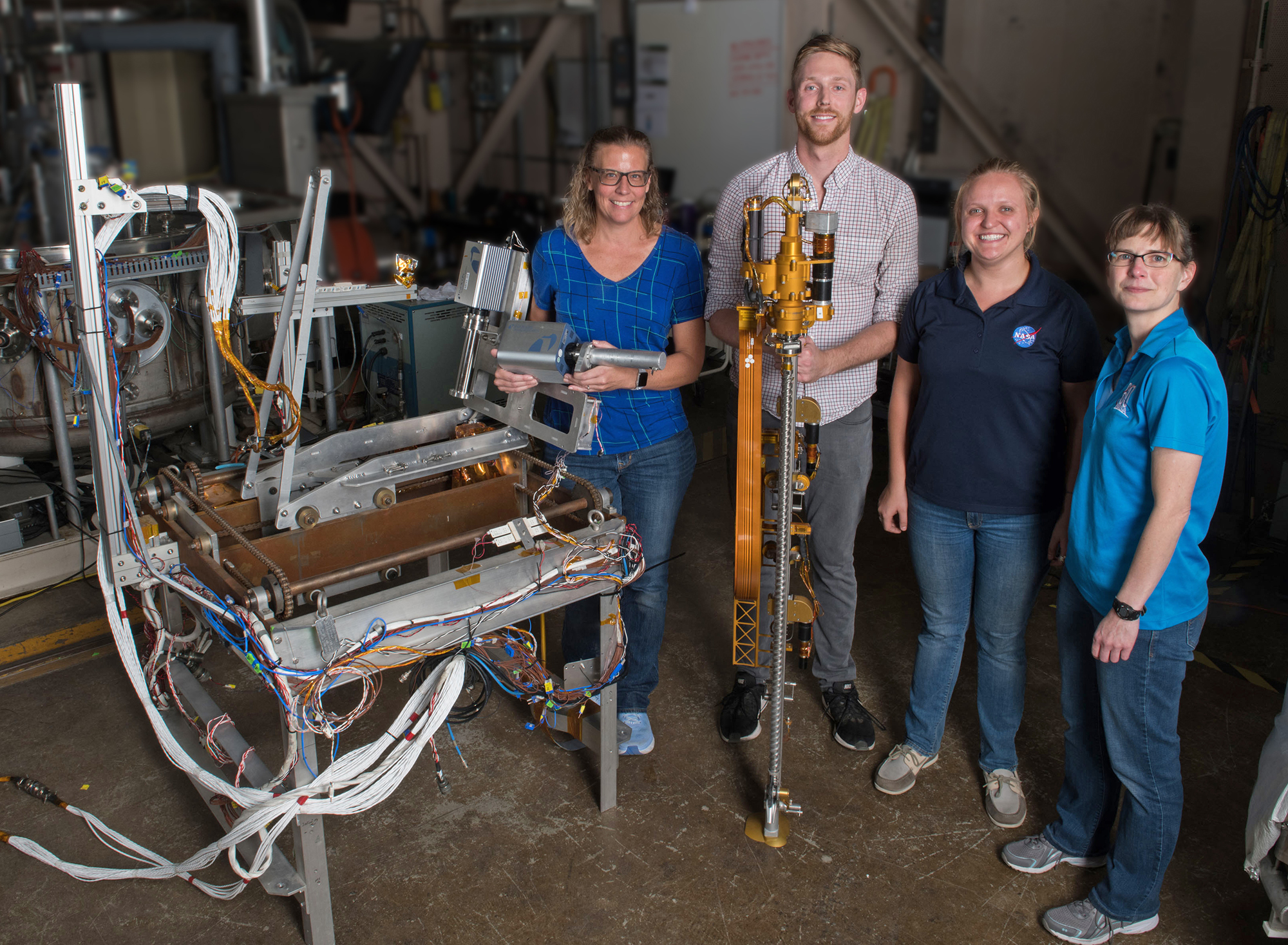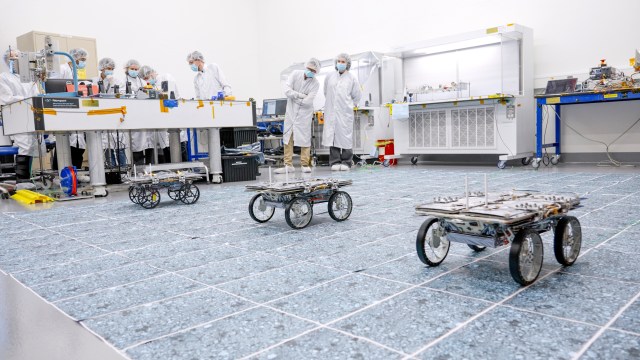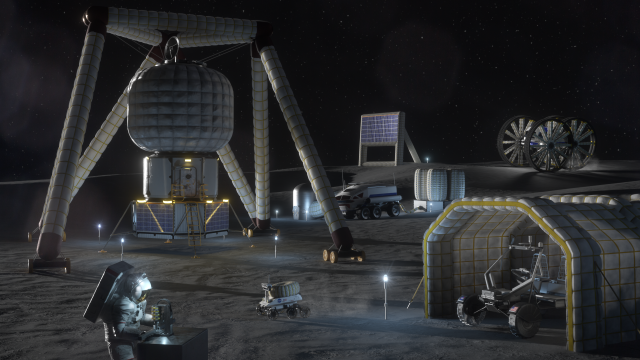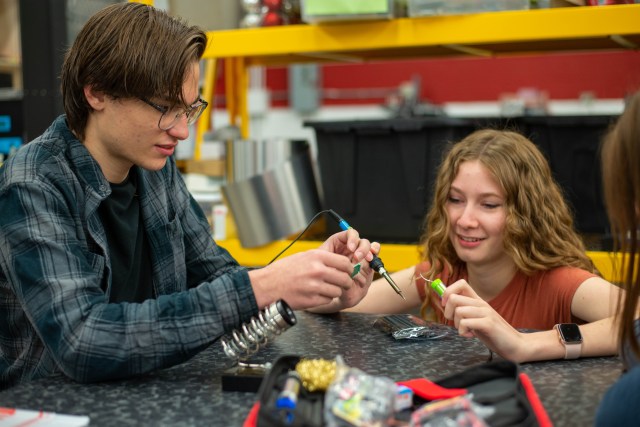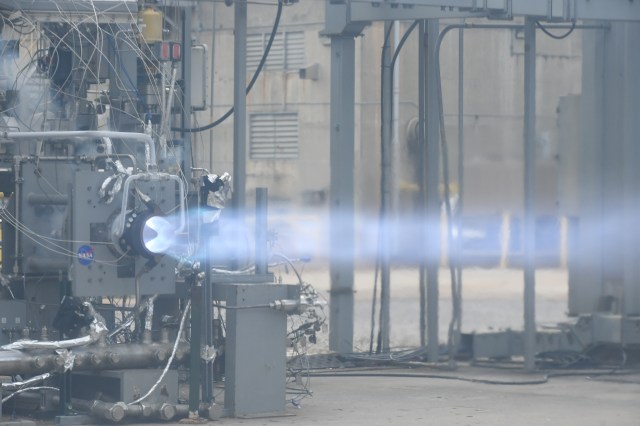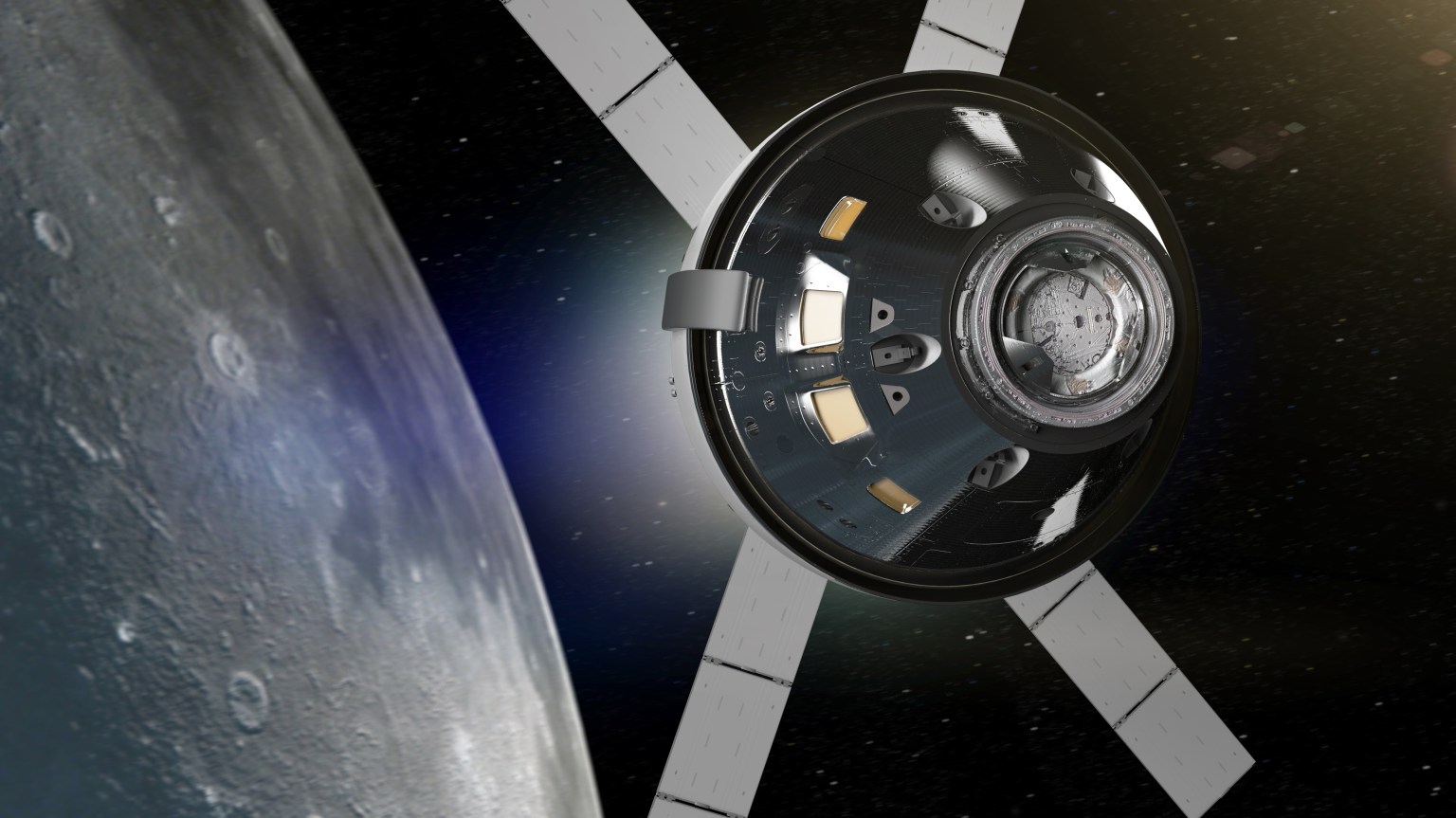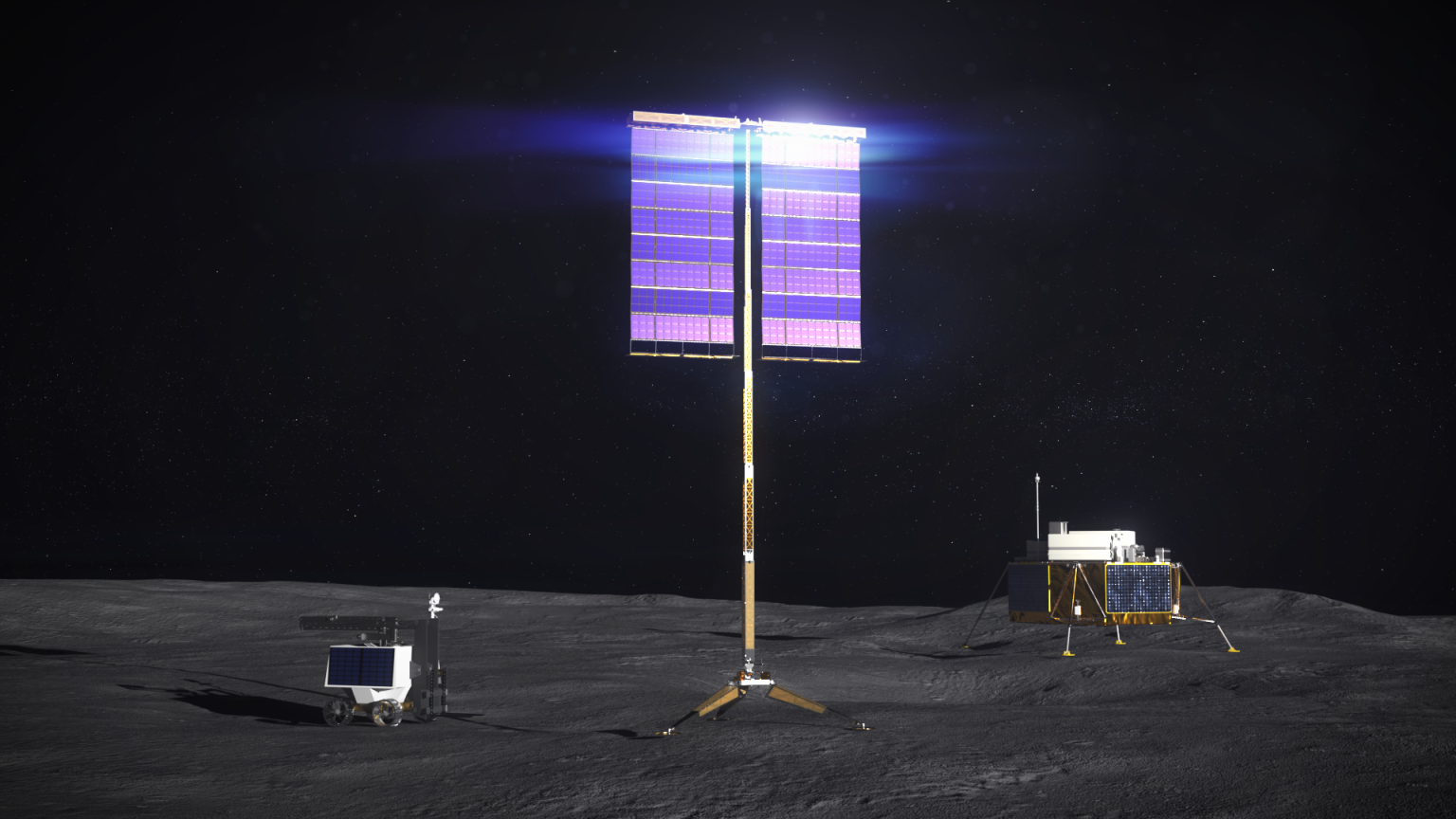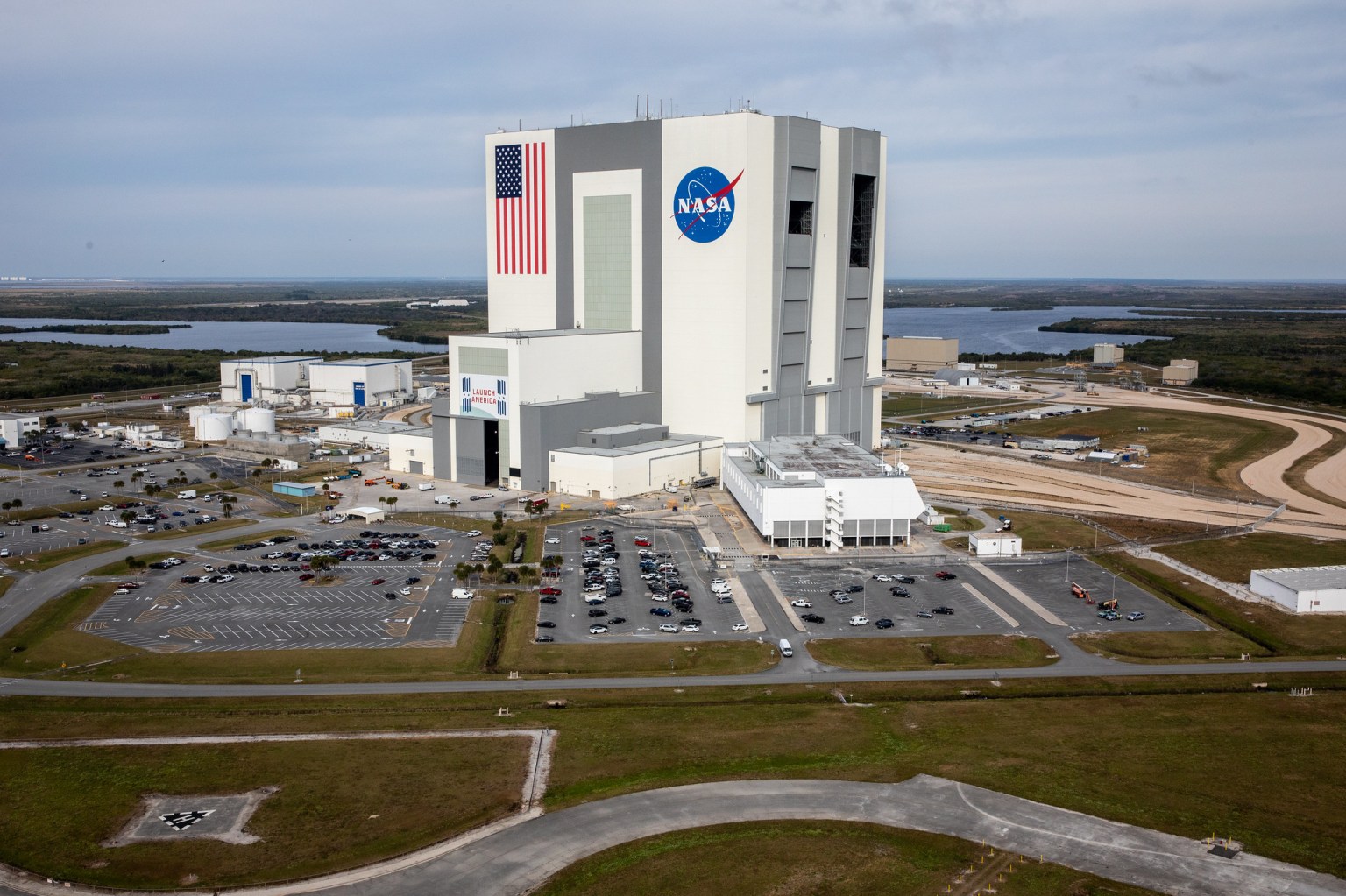Polar Resources Ice Mining Experiment-1 (PRIME-1)
The goal of PRIME-1 project is to develop a flight ready system that can assess the composition of regolith for water content and other volatiles at a polar lunar landing location. The technology consists of a mass spectrometer for observing lunar operations (MSolo) and The Regolith and Ice Drill for Exploring New Terrain (TRIDENT).
Lead Center
Kennedy Space Center
Introduced
February 2020
PRINCIPAL TECHNOLOGIST
Gerald Sanders
Julie Kleinhenz
Project Manager
Jacqueline Quinn
PRIME-1
The Polar Resources Ice Mining Experiment-1 (PRIME-1) will help scientists search for water at the lunar South Pole, and will be the first in-situ resource utilization demonstration on the Moon. PRIME-1, which will be mounted to a lunar lander, is made up of two components – The Regolith and Ice Drill for Exploring New Terrain (TRIDENT) and the Mass Spectrometer observing lunar operations (MSolo). NASA selected Intuitive Machines of Houston to fly PRIME-1 to the Moon in December 2022 under the agency’s Commercial Lunar Payload Services initiative.
Watch on YouTubeWhat is PRIME-1?
Before Artemis astronauts land on the Moon, robots will scout the surface for resources and collect information about the lunar South Pole. Some landers and rovers will come equipped with handy tools, including drills and chemical analyzers, to examine what lies below the lunar surface.
The Polar Resources Ice Mining Experiment-1 (PRIME-1) will be the first in-situ resource utilization demonstration on the Moon. Additionally, for the first time, NASA will robotically sample and analyze for ice from below the surface. Two components make up PRIME-1, both of which will be mounted to a commercial lunar lander:
- The Regolith and Ice Drill for Exploring New Terrain (TRIDENT): TRIDENT will drill up to three feet deep, extracting lunar regolith, or soil, up to the surface. The instrument can drill in multiple segments, pausing and retracting to deposit cuttings on the surface after each depth increment.
- Mass Spectrometer observing lunar operations (MSolo): This modified-for-spaceflight, commercial-off-the-shelf mass spectrometer will evaluate the drill cuttings for water and other chemical compounds. Soil samples from multiple depths will be analyzed.
The data from PRIME-1 will help scientists understand in-situ resources on the Moon, including resource location mapping. PRIME-1 contributes to NASA’s search for water at the Moon’s poles, supporting the agency’s plans to establish a sustainable human presence on the Moon by the end of the decade.
Water on the Moon
Water is a game-changing resource to find on another world. With the right technologies, it can be mined and used to produce propellant and breathable oxygen. Thanks to data from spacecraft orbiting the Moon, scientists believe the polar regions are rich with water below the lunar surface. But NASA has never explored these regions or directly detected the water. PRIME-1 will help identify and assess the abundance and quality of water in an area expected to contain ice. This information will inform future missions and sustainable operations, including in-situ resource utilization, on the Moon.
PRIME-1
The Polar Resources Ice Mining Experiment-1 (PRIME-1) will be the first in-situ resource utilization demonstration on the Moon. PRIME-1 is led by NASA’s Kennedy Space Center.
Watch on YouTubeMilestones:
- In 2016, Honeybee Robotics designed and built an engineering version of TRIDENT via NASA’s Small Business Innovative Research (SBIR) program.
- Subsequent investment by NASA’s Space Technology Mission Directorate (STMD) tested TRIDENT and MSolo in a simulated lunar environment at NASA’s Glenn Research Center in Cleveland in 2019.
- In fall 2020, the MSolo team at Kennedy installed a radiator – a critical component that will keep the instrument’s temperature stable in the extreme heat and cold it will encounter on the Moon.
- In 2022, teams at NASA’s Kennedy Space Center completed testing of the MSolo instrument.
Fast facts:
- The PRIME-1 augering drill is approximately 3.2 feet (1 meter) long.
- The drill, including the avionics system, is expected to weigh about 80 pounds (36 kilograms).
- Versions of TRIDENT and MSolo will also fly on NASA’s Volatiles Investigating Polar Exploration Rover (VIPER) mission that will search for ice at the lunar South Pole. PRIME-1’s early use of the drill and MSolo helps to increase the likelihood of reliable operation of those payloads on VIPER’s mobile platform in the following year.
- The PRIME-1 TRIDENT drill will be operated remotely and will be able to auger samples from up to three feet under the lunar surface. This is similar to prior missions on Mars, but with more “real-time” operations, and ten times the depth.
- NASA selected Intuitive Machines of Houston to fly PRIME1 to the Moon under the agency’s Commercial Lunar Payload Services initiative.
Partners:
- STMD’s Game Changing Development program funds PRIME-1.
- NASA’s Kennedy Space Center in Florida leads PRIME-1.
- Kennedy, in partnership with INFICON of Syracuse, New York, is developing the mass spectrometer.
- Honeybee Robotics from Pasadena, California, is developing the ice-mining drill.
- Blue Sun Enterprises from Golden, Colorado, is developing the experiment’s virtual machine language, a software scripting language meant to perform automated payload control.
- National Science Foundation’s Center for Space High-performance and Resilient Computing (SHREC) at the University of Pittsburgh developed a high-performance and resilient space computing processor framework which MSolo adapted for its use.
- Intuitive Machines of Houston will fly PRIME-1 to the lunar surface.

